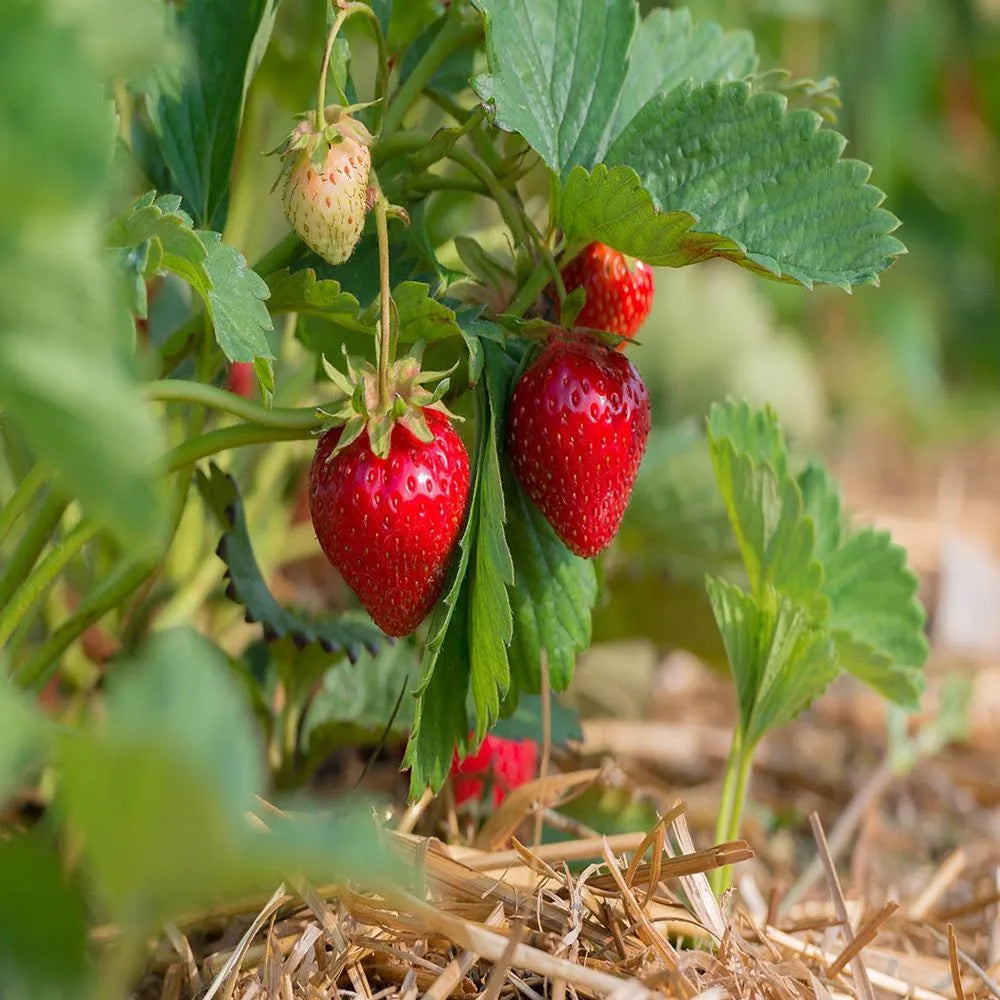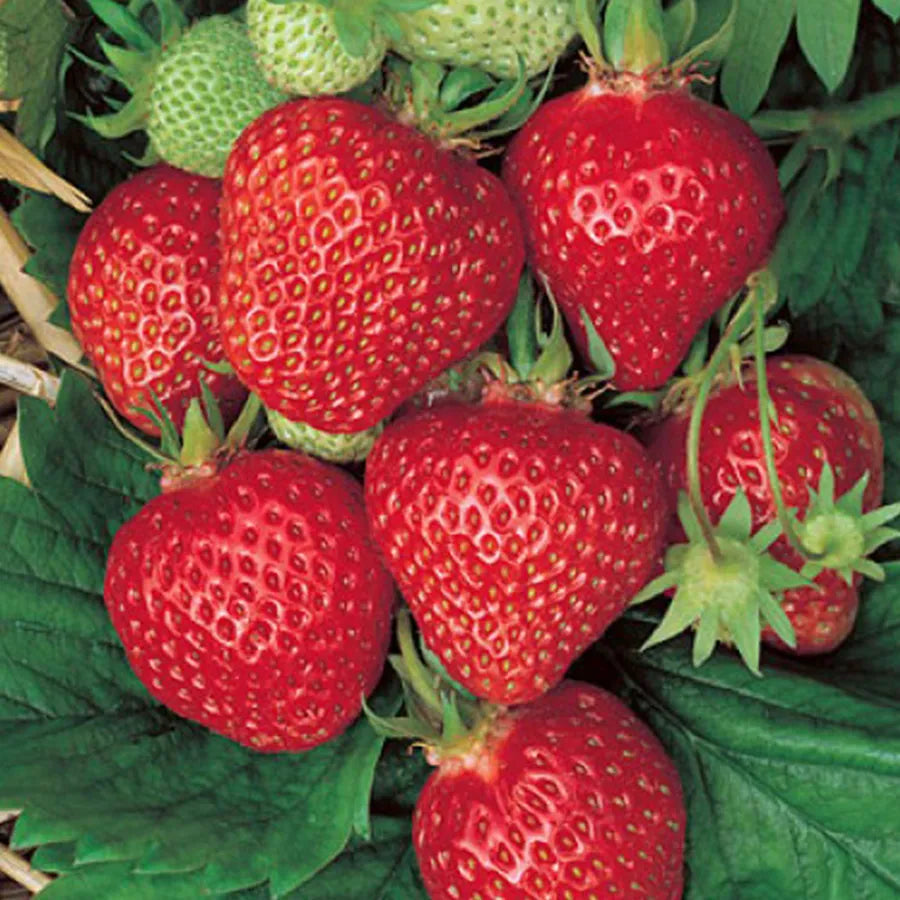




Free Shipping
Safe & Secure Payments
Discover the exceptional flavor and productivity of Quinault Strawberry (Fragaria × ananassa) Seeds — a trusted everbearing variety cherished for its large, sweet, and juicy berries that fruit from spring through fall.
Perfect for home gardens, hanging baskets, or containers, Quinault Strawberries are known for their vigorous growth, continuous yield, and resistance to common diseases. Each plant produces succulent red berries that are excellent for fresh eating, jams, and desserts.
These non-GMO, high-germination seeds ensure strong, healthy plants that thrive in diverse growing conditions, making them ideal for gardeners of all levels.
Premium-quality Quinault Strawberry Seeds
Everbearing variety – produces fruit throughout the growing season
Non-GMO and naturally cultivated
Yields large, sweet, and aromatic berries
Excellent for containers, garden beds, or hanging baskets
Adaptable to a variety of climates and soil types
Perfect for fresh eating, preserves, and desserts
Disease-resistant and easy to grow
Common Name: Quinault Strawberry
Scientific Name: Fragaria × ananassa
Plant Type: Perennial fruit plant
Growth Habit: Low-growing, spreading runner type
Fruit Type: Sweet, red strawberry
Fruit Size: Large and juicy
Fruit Color: Deep red
Flavor Profile: Sweet with a classic strawberry aroma
Bloom Time: Spring to fall
Harvest Season: Repeated harvests from late spring to early fall
USDA Hardiness Zones: 4–9
Sun Exposure: Full sun (6–8 hours daily)
Soil Type: Loamy, well-drained soil rich in organic matter
Soil pH: 5.5–6.5
Watering: Keep soil evenly moist but not waterlogged
Temperature Range: 60–80°F (16–27°C)
Season for Planting: Early spring or late fall
Germination Time: 2–4 weeks
Germination Temperature: 65–75°F (18–24°C)
Pollination: Self-pollinating
GMO Status: Non-GMO
Organic Status: Naturally grown (non-certified)
Seed Preparation: Chill seeds for 2–3 weeks in the refrigerator before planting to improve germination.
Sowing Depth: Sow seeds on the surface of moist soil; press lightly, do not cover completely.
Light Requirements: Provide bright, indirect sunlight or use grow lights.
Transplanting: Move seedlings outdoors or to containers once they have 3–4 true leaves.
Watering: Keep soil moist but avoid overwatering; water early in the day.
Spacing: Plant 12–18 inches apart in rows 18–24 inches apart.
Fertilizing: Use balanced, organic fertilizer during growth and flowering.
Maintenance: Remove runners to encourage fruit production or allow them to spread for more plants.
Choose options


